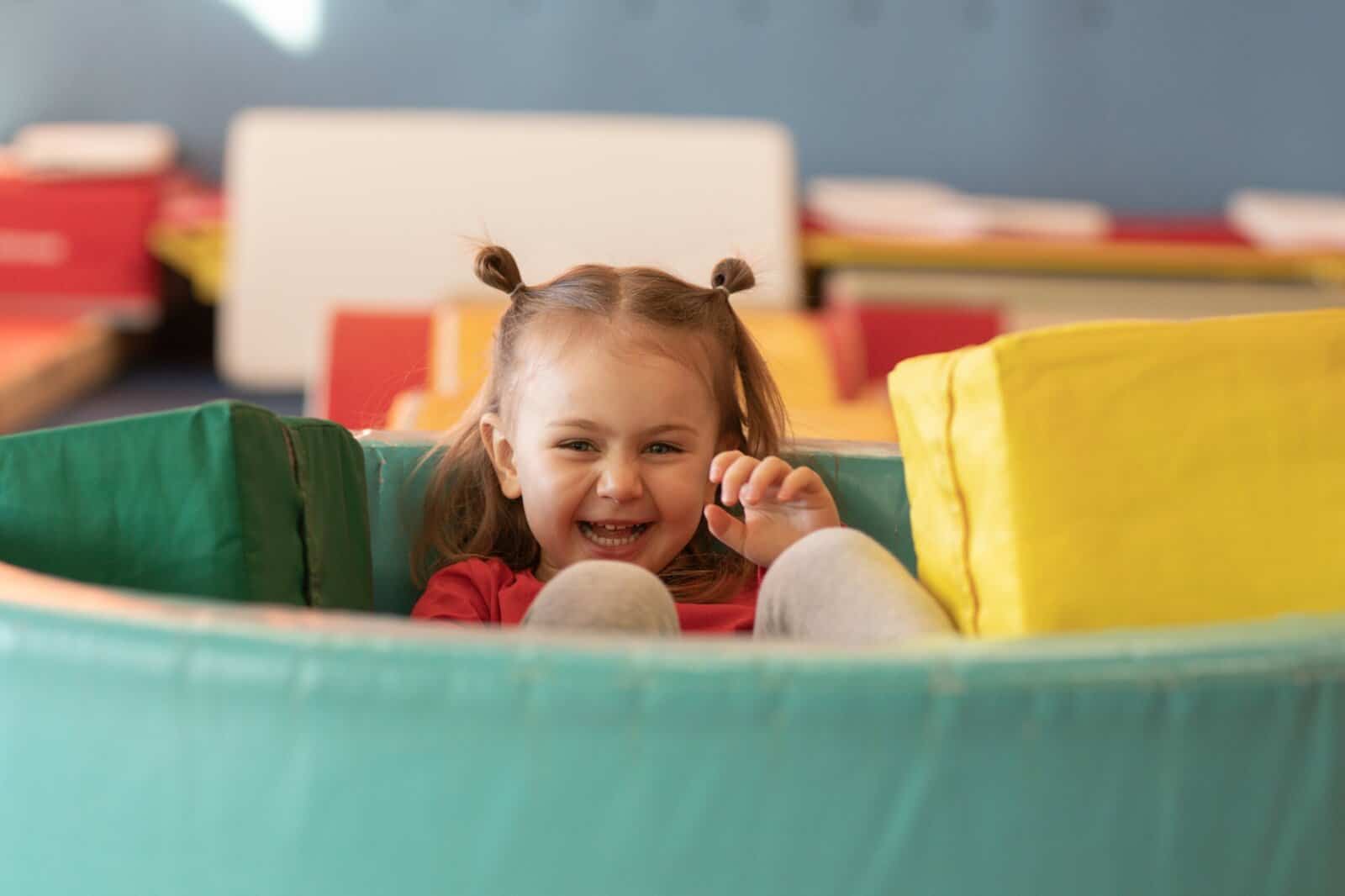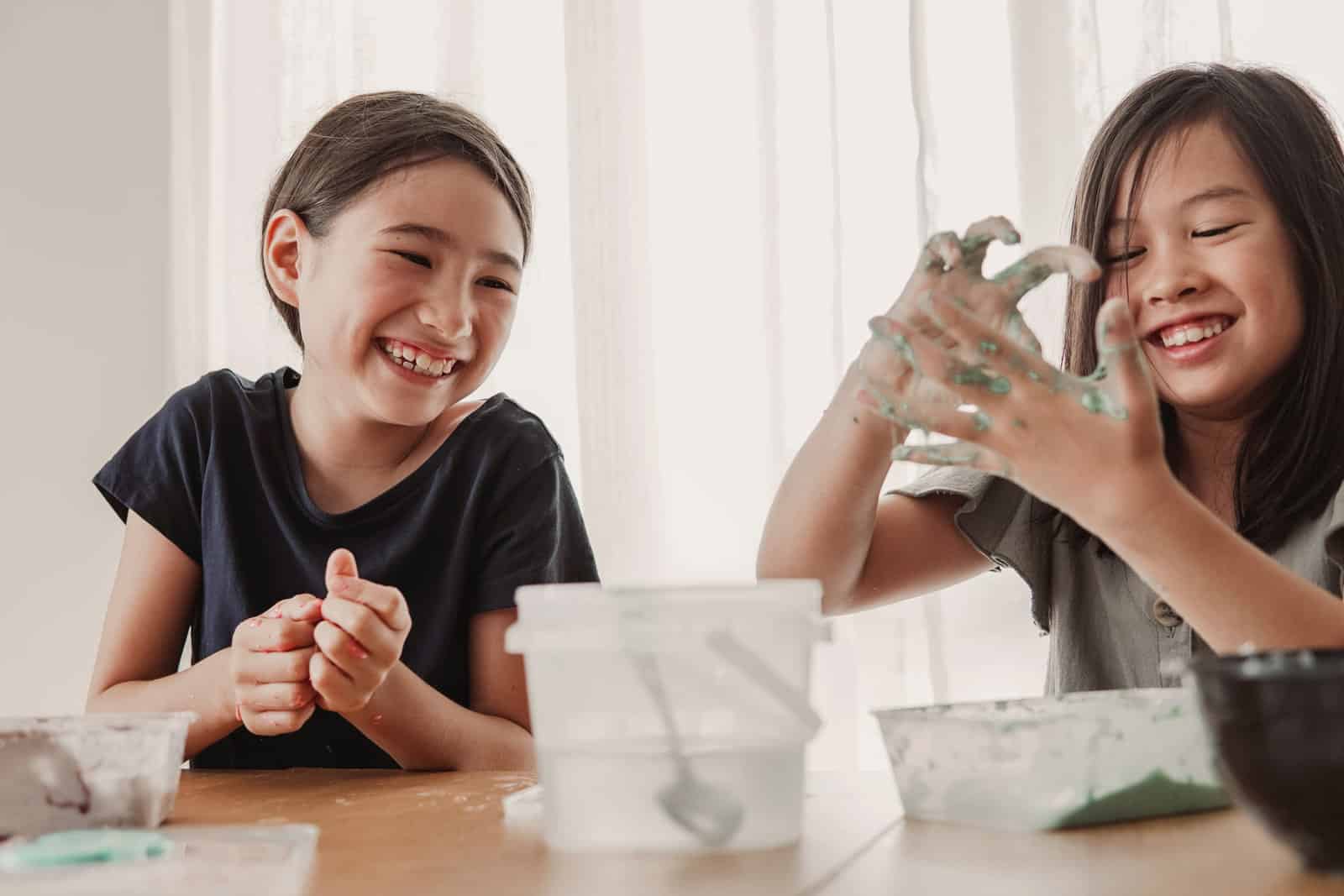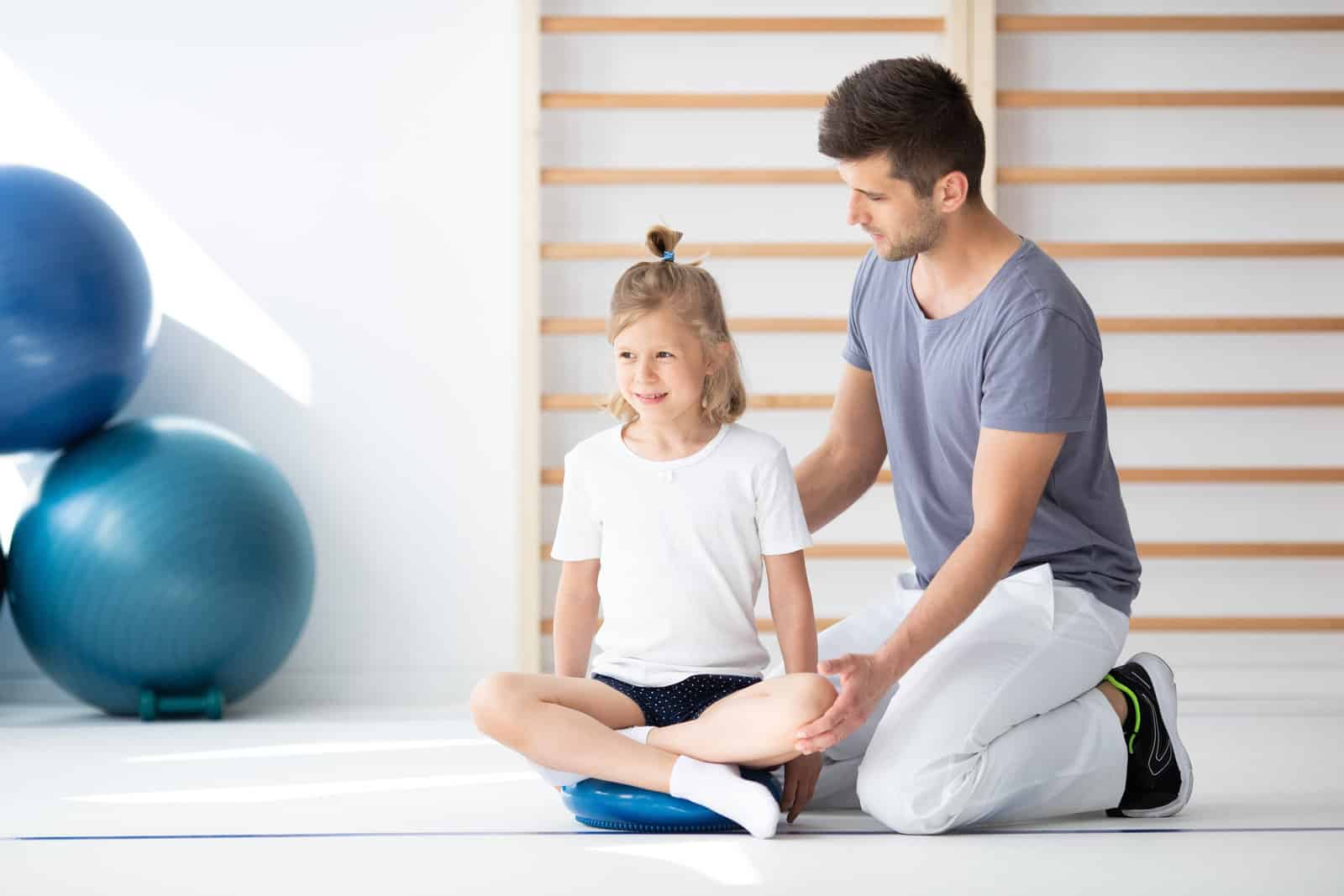
Sensory Circuits: Stimulate Learning
Children are usually tactile and respond to situations that stimulate their senses. Doing this allows children to find sensory processing easier and achieves an optimum state for developing memory and learning new skills.
Incorporating sensory circuits into your day is a brilliant way to get your children to engage with the material and focus on their learning experience – be at school or home.
Sensory circuits provide adequate stimulation for children to help them with alertness but also to relax and bring them into a zone that allows them to engage with the educational content that needs to be absorbed.
Sensory circuits are a perfect way to introduce a method of sensory stimulation that aids with children’s learning.
What are Sensory Circuits?
Sensory circuits is essentially a motor skills programme that facilitates sensory processing and sensory integration. This allows children to become equipped for the school day be that homeschool or in a classroom setting.
Sensory circuits provide alertness which gives much-needed concentration to face more laborious learning experiences. Most sensory circuits are ten to fifteen minutes of various activities that stimulate a child to have the ability to learn effectively.
These activities are designed in a particular order to produce a regulated, positive response from the child. If done incorrectly and in the wrong order, this could cause a disruptive situation due to the child being stimulated in the wrong way.
Alertness during lessons isn’t the only thing that sensory circuits gifts educators, parents, and guardians with. They also induce the potential of other skill sets.
Things like improvements in self-esteem, the development of physical skills usually helping with balancing, throwing and so on.
It allows them to become more engaged with group activity and is proven to increase attention and concentration on their work. It usually works with their fine motor skills as well.
There are opportunities to practice activities like times tables and, with that, communication skills.

Sensory Circuits Programme
A sensory circuits programme is a structured group of activities that provide a safe, channelled environment for children to prepare for organised learning.
Sensory circuits are run in three sections. These three sections have been developed over time, relying on theories of sensory processing and sensory integration. This also considers the practical need for a structured sensory-motor input.
The first section is known as the alerting section. This is done by inducing physical stimulation around the head area. It allows fluid in the ears to move around through jumping and controlled head movements.
This movement of the headspace begins to prepare the brain for more organised learning activities.
The second section is referred to as the organising section. This section is surrounded by activities that are multi-sensory and encourage balancing.
The gift of organisation is a complex process and engages the body as well as encouraging the child to plan their approach, and develops multi-tasking skills as they assess multiple situations.
This includes activities like balancing, target throwing, and hopping. These skills naturally increase focus and attention span which performs well in a learning environment.
The last section is known as the calming section and it’s an important way for children to achieve a zen-like state, centring themselves for learning and preparing them for educational content engagement.
Preparing children for learning using sensory circuits is an ideal way of guaranteeing concentration and engagement with lessons or activities that have been planned to develop a child’s mental stimulation.

Sensory Circuit Ideas
There is a multitude of activities and resources to access that give a greater understanding of sensory circuits and their incredible contribution to childhood alertness and concentration.
There are also an array of ideas to help build an effective one to unlock your children’s potential. To alert children, things like bouncing balls, playing on trampolines, running, or doing star jumps are a great way of energising your children.
Encouraging them to develop their organisational skills is another important task. Things like balancing on beams, crawling through tunnels, throwing bean bags at targets, pretending to post items, sorting shapes, playing games like Simon says, playing hopscotch.
These activities stimulate an organisational section of their minds and prepare them for a calmer time.
Partaking in a calm time is the last part of a sensory circuit and possibly the most important one to allow focus and concentration. Using some form of pressure helps children relax.
Objects like material tunnels and weighted blankets work very effectively here. Using wall press-ups and massages to exert deeper muscle pressure can be a great way to induce relaxation in a child.
Make sure that you have your equipment ready to go and set out in three parts. This keeps each section unique. Order your activities and make a list of them, so you know what to expect and how to control the situation.
Make sure to include activities that bring a sensory balance as it is straightforward to induce a sensory overload if there are too many sensory activities all at once.
Observe your children and structure the sensory circuits around them. Some children will need to spend more time in the alerting activities and even more time in the calming section to allow them to engage in their educational material.
Providing a clear structure gives a constant for the children, and they will be less likely to react negatively or use one of their coping mechanisms.

Sensory Circuit Exercises
Sensory circuit exercises can include a plethora of objects and activities. Things like skipping are fantastic methods of stimulation.
This could be with a group or done on an individual rope. Using trampolines for bouncing, space hopper races, bouncing exercise balls, and jogging on the spot also encourage heart rate. Playing hoop-la, doing star jumps, creating a balance obstacle course, crawling, Simon Says sequences, and press-ups are all brilliant ideas for your sensory circuits.
Doing the plank, doing gymnastics ribbon exercises, and balancing on a wobble board also encourage sensory exploration.
There are a wealth of sensory circuit exercises to help develop your child’s sensory experiences. When done in the right order, sensory circuits aid mental and physical development and achieve focus in classroom settings for educators, parents, and guardians who are trying to get children to engage with course material.
Why not subscribe to our LearningMole Library for as little as £1.99 per month to access over 1400 fun educational videos.


Leave a Reply